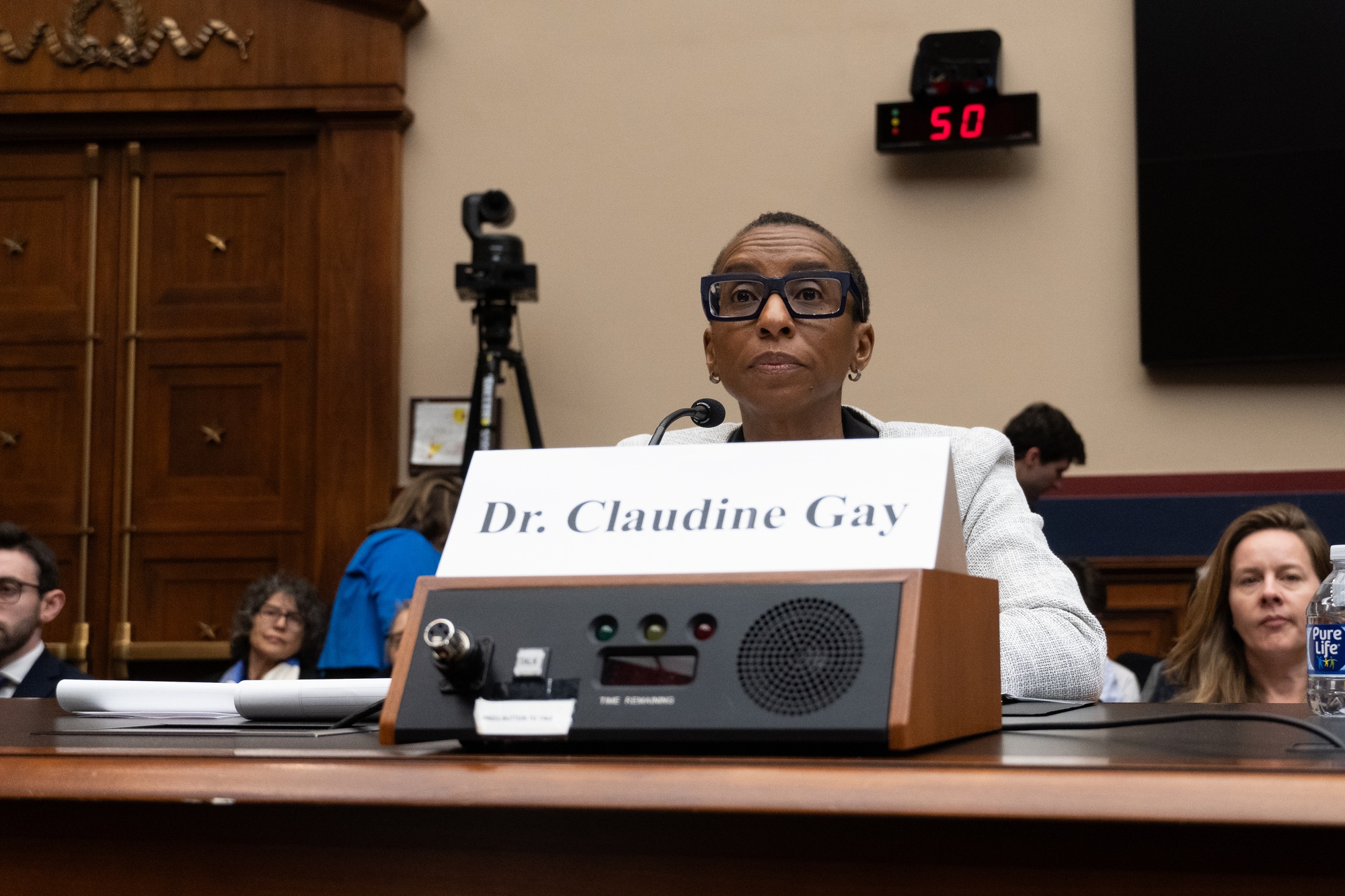

The NYTimes has an article about it here.
“It absolutely could be showing the displacement of air due to a projectile,” Mr. Harrigan said in an interview on Saturday night after reviewing the high-resolution images that Mr. Mills filed from the rally. “The angle seems a bit low to have passed through his ear, but not impossible if the gunman fired multiple rounds.”
Simple ballistic math showed that capturing a bullet as Mr. Mills likely did in a photo was possible, Mr. Harrigan said.
Mr. Mills was using a Sony digital camera capable of capturing images at up to 30 frames per second. He took these photos with a shutter speed of 1/8,000th of a second — extremely fast by industry standards.
…
“If the gunman was firing an AR-15-style rifle, the .223-caliber or 5.56-millimeter bullets they use travel at roughly 3,200 feet per second when they leave the weapon’s muzzle,’’ Mr. Harrigan said. “And with a 1/8,000th of a second shutter speed, this would allow the bullet to travel approximately four-tenths of a foot while the shutter is open.”












FYI you can edit titles on Lemmy